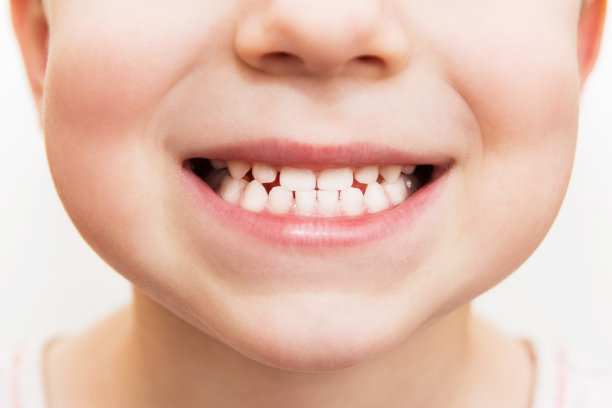Essential Guidelines to Follow After Receiving a Dental Filling for Optimal Oral Health Maintenance
Summary: Receiving a dental filling is an important step in maintaining optimal oral health, but it comes with specific post-treatment guidelines that should not be overlooked. This article offers essential guidelines on what to do after getting a dental filling, including managing discomfort, dietary adjustments, maintaining oral hygiene, and scheduling follow-up appointments. Understanding and applying these guidelines will ensure the longevity of your dental filling and overall oral health. By following these steps, you can significantly reduce the risk of complications and enhance your recovery, ultimately leading to a healthier smile.
1. Managing Discomfort and Sensitivity

After receiving a dental filling, it is common to experience some discomfort or sensitivity in the treated area. This sensitivity might occur when consuming hot or cold foods or beverages. It’s important to keep in mind that this feeling is usually temporary and should subside within a few days. However, using over-the-counter pain relievers like ibuprofen can help alleviate this discomfort. Do consult your dentist if the pain persists beyond a few days.
Another way to manage sensitivity is by opting for desensitizing toothpaste. These products contain compounds designed to block pain signals from reaching the nerve endings in your teeth. Consistently using this toothpaste can aid in reducing sensitivity over time. Additionally, avoid extremely hot or cold foods immediately following your filling to decrease the risk of discomfort.
If you notice severe pain or swelling at the filling site, this could signify a complication or infection. In such cases, it’s essential to contact your dentist promptly to prevent further issues and receive immediate care.
2. Adjustments to Dietary Choices
Post-filling, dietary choices become crucial for optimal recovery. Your dentist may recommend avoiding hard, crunchy, or sticky foods for at least 24 hours after filling. These types of food can dislodge or damage the filling, leading to additional dental problems. Soft foods like yogurt, mashed potatoes, and smoothies are well-tolerated during this phase.
Once the initial healing period has passed, you can gradually reintroduce more varied foods into your diet; however, you should still exercise caution. Sticky candies or excessive chewing on hard objects like ice can still pose risks to your fillings and overall dental health, so moderation is key.
Staying hydrated is equally important. Drinking plenty of water helps maintain your oral health and wash away food particles, ensuring that your fillings last longer. Avoid excessively sugary drinks, which can contribute to cavities and negate the benefits of your filling.
3. Maintaining a Rigorous Oral Hygiene Routine
Maintaining excellent oral hygiene after receiving a dental filling is vital for preserving your filling and overall dental health. Brushing your teeth twice a day using a fluoride toothpaste helps to remove plaque and prevent decay around the filling. It is especially important to pay attention to the area surrounding the filling, as food particles can accumulate there.
Flossing should not be neglected but done with care. When you floss around a new filling, be gentle to avoid damaging the filling or irritating the gum tissue. You may want to consult your dentist about the best flossing techniques to ensure effectiveness without causing harm.
Using an antibacterial mouthwash can further enhance your oral hygiene efforts by reducing the bacteria in your mouth. Regular use of mouthwash helps combat gum disease and cavities, particularly in areas around the filling. Overall, a consistent and thorough oral hygiene routine will help you maintain your fillings and contribute to better oral health.
4. Importance of Regular Dental Check-Ups
Following the placement of a dental filling, scheduling regular dental check-ups becomes crucial. Regular visits to your dentist allow them to monitor the condition of your fillings and check for any potential problems. Typically, it is advisable to schedule check-ups every six months, but your dentist may recommend more frequent visits depending on your individual oral health needs.
During these appointments, the dentist will examine the filled tooth for any signs of wear or decay around the filling. They may also perform professional cleanings to remove plaque and tartar buildup. It is essential to address any issues early on, as it can prevent more serious problems from developing.
Additionally, regular check-ups help reinforce the importance of maintaining good oral hygiene practices. Your dentist can offer personalized advice and tips suited to your dental needs, ensuring that you maximize the longevity of your fillings and overall dental health.
Summary:
In conclusion, following essential guidelines after receiving a dental filling is key to safeguarding your oral health. Managing discomfort, adjusting dietary choices, maintaining rigorous oral hygiene, and attending regular dental check-ups can significantly prolong the life of your fillings and enhance your overall dental health. By adopting these practices, you can minimize complications and enjoy the benefits of a healthy smile.
This article is compiled by Vickong Dental and the content is for reference only.



